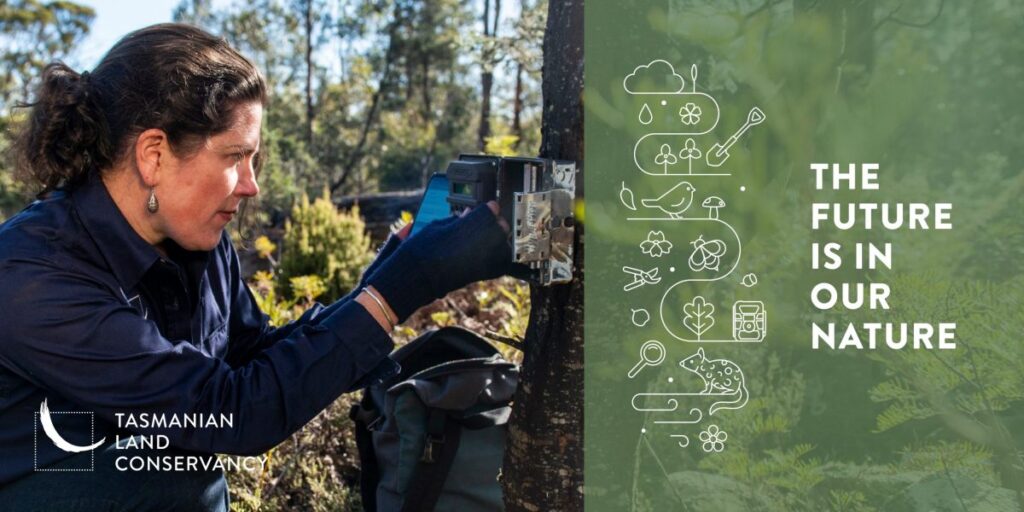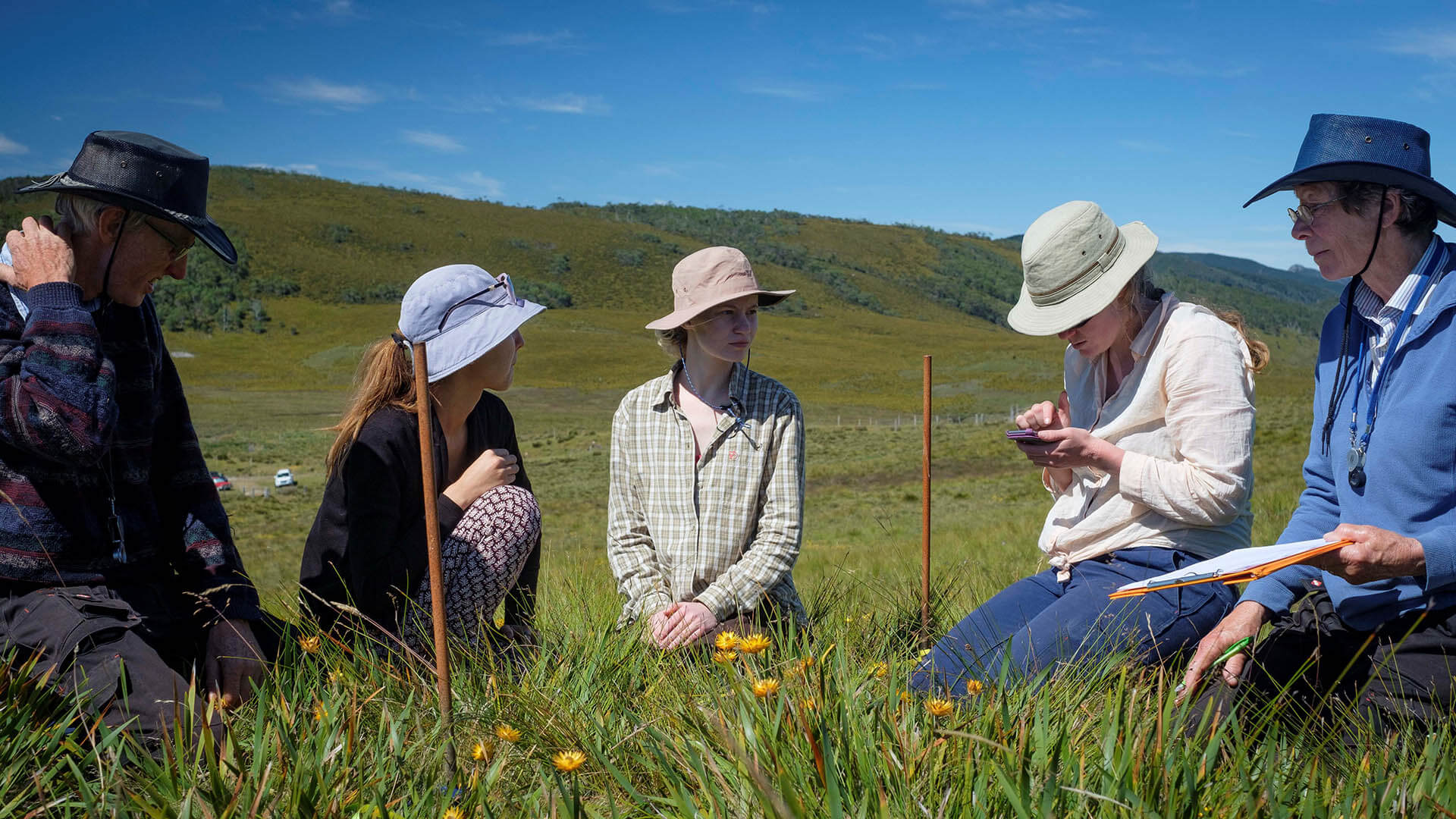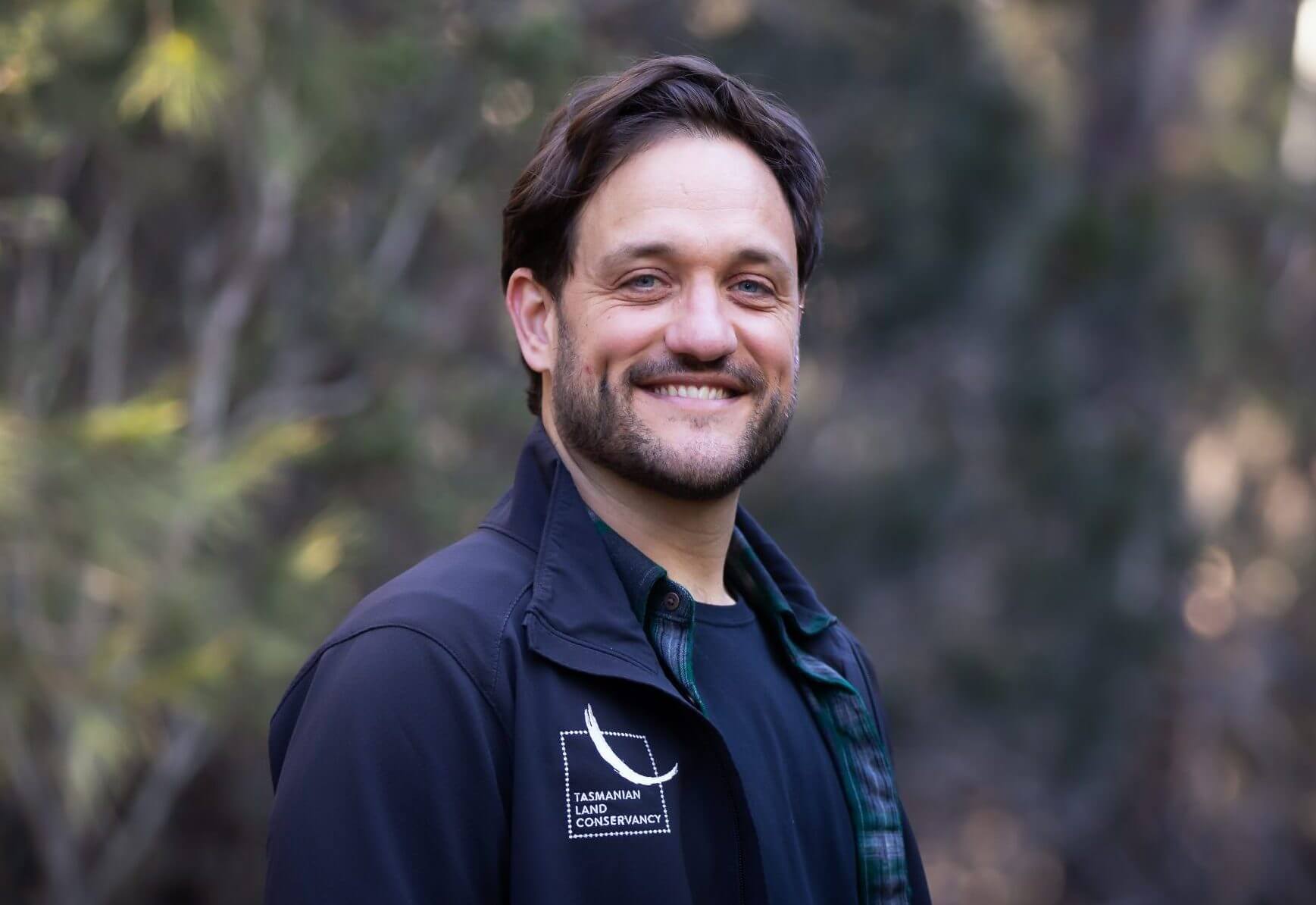The Future Is In Our Nature
Every year, we strive to do more to protect, conserve and manage critical areas for nature conservation across Tasmania. The Tasmanian Land Conservancy’s (TLC) network of reserves now protects more than 18,000 hectares of Tasmania’s natural environment and we are committed to caring for them forever.
Purchasing a property for conservation and establishing a reserve is only the start of the journey. Active management makes the long-term difference for habitats and species. To achieve this, the TLC invests significantly in leading scientific monitoring and land management.
Looking after our reserves costs $64 per hectare: a total of $1,160,000 this year.
When we establish a reserve, we raise funds that are invested in the TLC Foundation to ensure we can fund the effective conservation management of these areas in perpetuity. Thanks to the support of so many, the Foundation has grown to currently fund 72% of our conservation management work across our reserve estate. This long-term approach and investment in science and management is what makes TLC different, but each year while we grow the capital in the Foundation to fund 100%, we need to make up the difference, to ensure many of our older reserves can be managed and monitored effectively.
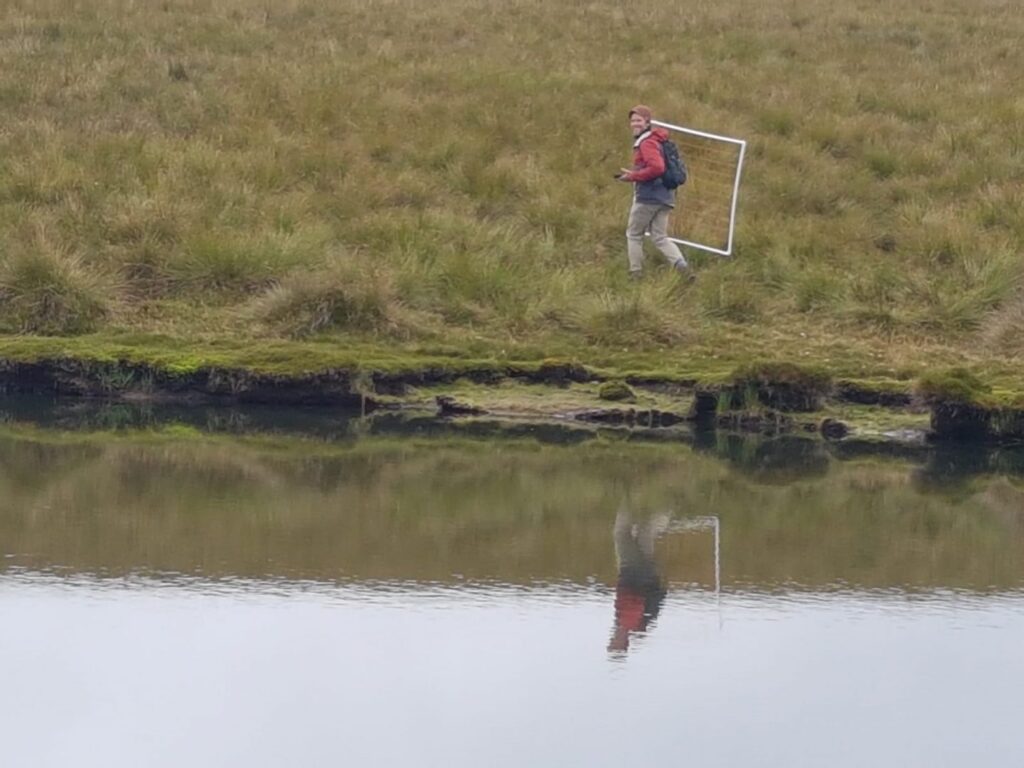
This year the Foundation is funding an impressive $934,000 of science and management work, the largest investment in TLC’s history. However, we still need to bridge the gap and raise an additional $226,000 to fund our efforts this financial year.
At the iconic Vale of Belvoir Reserve, we are the custodians of threatened ptunarra brown butterflies, grassland candles and alpine daisies. These species have flourished at the Vale thanks to a long and complex history of disturbance by fire and grazing. Keeping the balance right requires intensive monitoring and experimentation – right now, we are seeing a decline in grassland candles that we’re desperate to understand and rectify. Additional support from you will help us make sure both butterflies and threatened vegetation have what they need as the climate dries and fire regimes change.
At Egg Islands Reserve, a decade of our intensive weeding has turned a landscape dominated by Spanish heath into one where native species can flourish. But we have so much more to learn about the wildlife that lives here. With predators absent, Egg Islands Reserve could give us a baseline for the behaviour of small mammals that will help us better manage our other reserves, through your support.
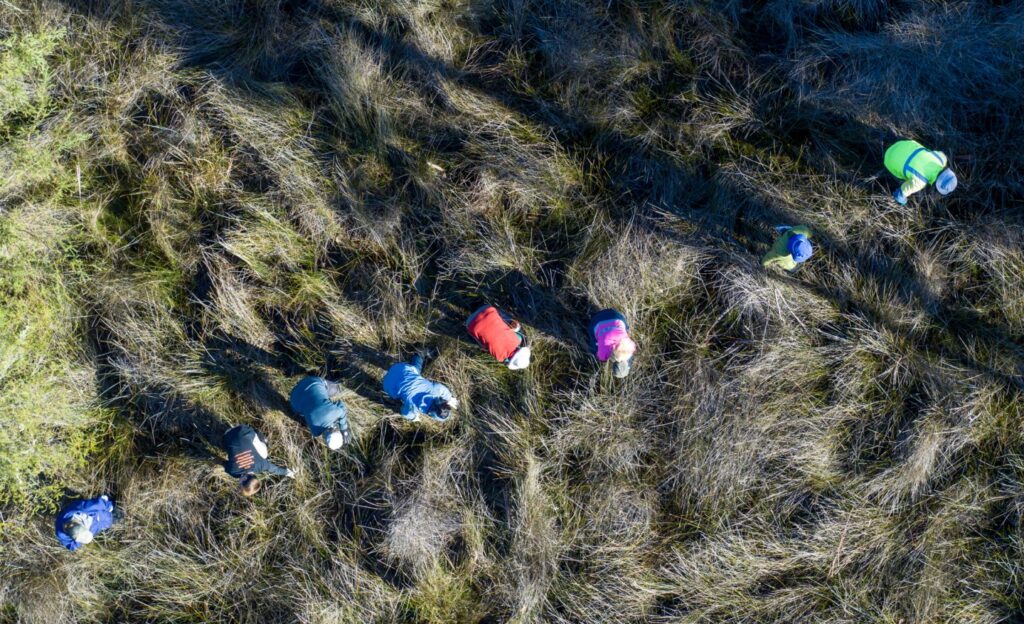
Many of you will have been affected by Australia’s recent devastating floods. Our reserves haven’t escaped unscathed, with roads and bridges washed away. Effective management of our reserves includes managing these assets so that our team and partners can safely access and manage the habitats across our reserve estate.
Effective conservation management is core to the TLC’s efforts to protect nature across our reserves in perpetuity. Protecting critically endangered alpine wildflowers, managing fire, controlling invasive species and maintaining vital infrastructure are all critical to ensure our reserves thrive.
Thank you so much for your support of our work to better safeguard Tasmania’s most special places. The future is in our nature.
Support us, supporting nature. Donate online at tasland.org.au/donate-nature or over the phone 03 6225 1399
